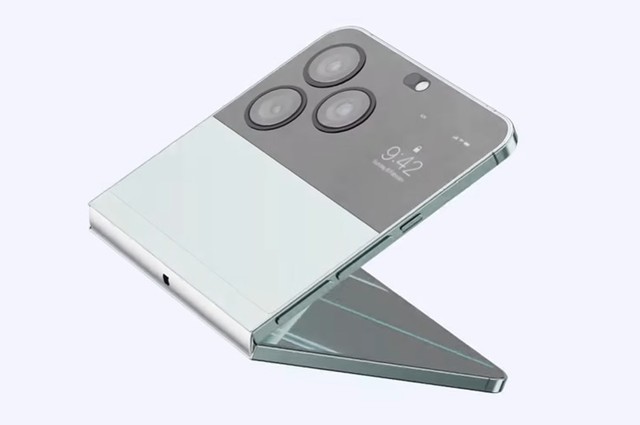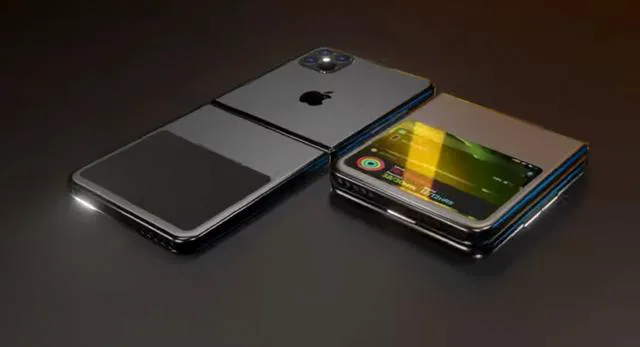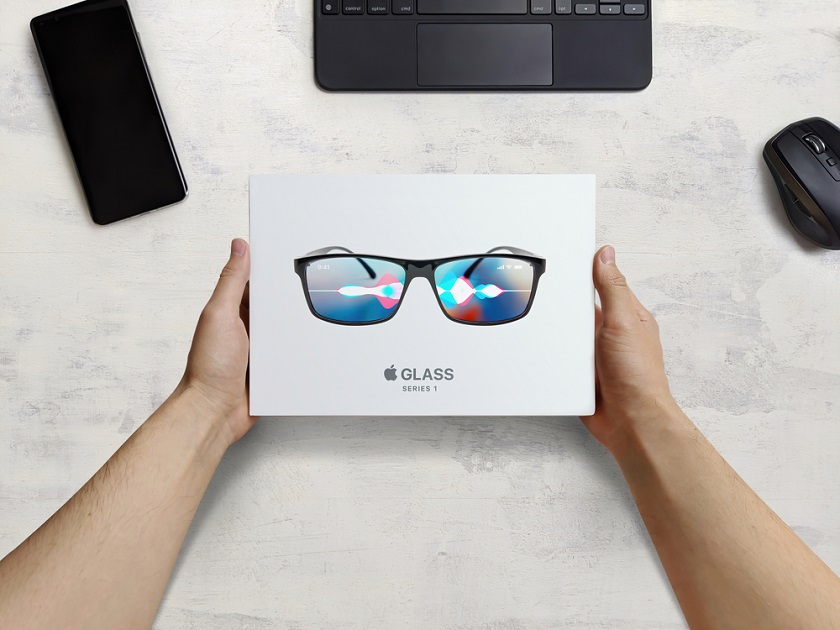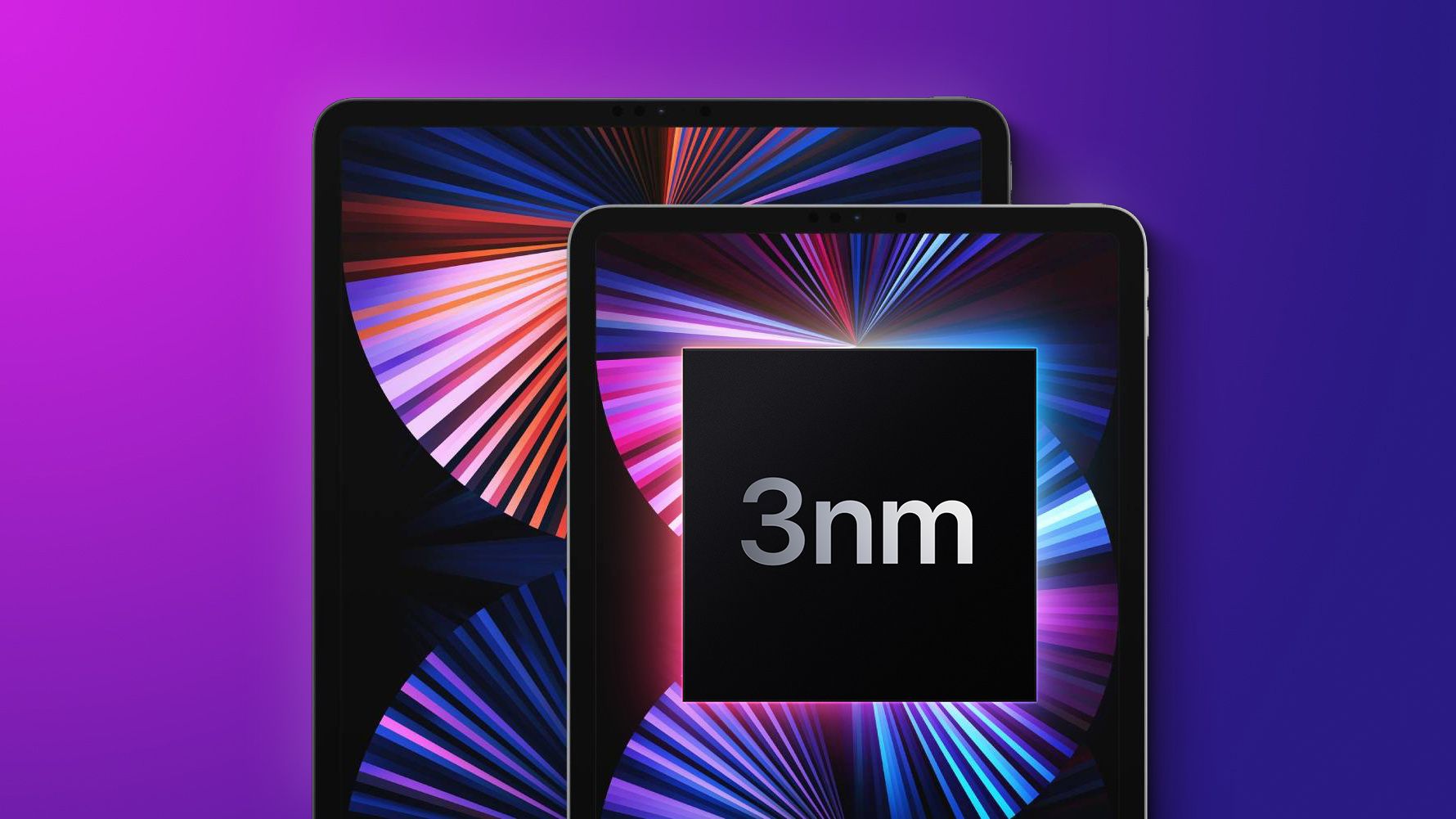With Samsung releasing another generation of foldable smartphones, people are questioning whether Apple Inc. is too late to be a big pusher for foldable iPhones. Here’s an approach that Apple might take.
While Apple has opted not to compete in the foldable smartphone market and some manufacturers still believe Apple will release a foldable iPhone. LG showed off its original foldable display technology later in 2016, with some early models hitting the market in 2019.
Since then, many other foldable smartphones have come out. The Motorola RAZR, Oppo Find N, and Microsoft Surface Duo are all standout devices.

Samsung announced the Galaxy Z Flip 4 and Galaxy Z Fold 4 at its 2022 Unpacked event on August 10. While Apple has yet to release its first device, Samsung has now launched its fourth generation. Apple spent more than a decade perfecting the iPhone, leading to the misconception that Apple phones are old and these foldable devices are getting more enticing.
Unsurprisingly, Apple has kept itself mum on the matter, but just like Apple has done with other devices, Apple isn’t going to grapple with these rumours.
There are rumours that Apple will turn to LG and Samsung to supply new panels for foldable phones. Samsung provided Apple with early samples of its components back in 2020.
Several foreign analysts have thrown out their forecasts, which paint a picture of Apple’s impressive development. For example, we heard a lot of rumours about the display itself. Some think they’ll see 8 inches, 7.5 inches, or even as high as 9 inches display.

A minor change to iOS was required to support the flip phone, as its single screen had roughly the same aspect ratio as today’s iPhones.
Apple’s patents show various design elements of the clamshell iPhone, including a peep-in notification screen and a sturdy hinge design. Apple is still figuring out how to make the foldable iPhone stand out before bringing it to market.
Apple has a pattern for its new devices and device categories. They didn’t rush to market but spent years until they could offer something better than what was available.
For example, the iPod wasn’t the first portable media player to hit the market, just as the Apple Watch wasn’t the first smartwatch, AirPods wasn’t the first wireless earbuds, and the iPhone wasn’t the first smartphone.
But Apple came up with something unique to make it work before the final release. Apple is using the same strategy with the foldable iPhone.
If we look closer at Apple’s iPhone lineup, we’ll notice another common Apple strategy. Every time Apple releases a product, to make the product better, Apple will iterate slightly after the release. At the same time, it will seek to increase SKU selection to increase the average selling price (ASP).
On the iPhone, it starts with one device. It slowly grew to include large phones, then jumped to the high-end iPhone X and eventually added the “pro” line. Each one is increasing the iPhone’s ASP.

With some foldable phones costing close to $2,000, this would be a simple premium product for the iPhone lineup.
As we said, Apple doesn’t need to be the first to market. It just needs to be better than what’s currently available. Many of the first foldable devices were plagued by reliability issues, some suggesting that Apple should wait until the technology matured.
The foldable iPhone is most likely to be launched in 2024. That would put Apple’s first foldable device five years behind its rivals.
Some analysts claim that Apple will be far behind in the foldable market. Still, there will be plenty of opportunities for Apple to seize, and, as we’ve said many times before, Apple has enough resources to wait for a product to be released, then iterate and win.
Apple takes this approach with the iPhone, Apple Watch, Apple TV+, and more. The iPhone Fold will also be on the same strategy.




